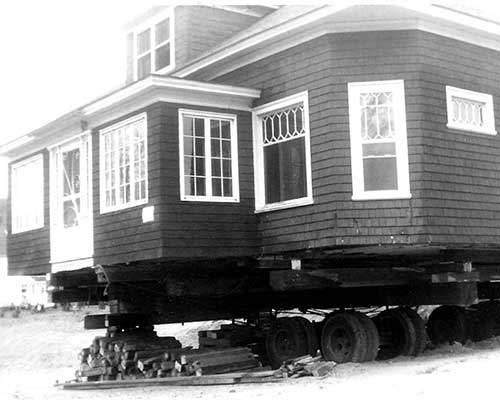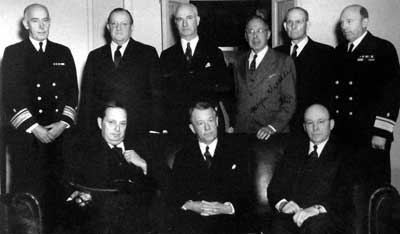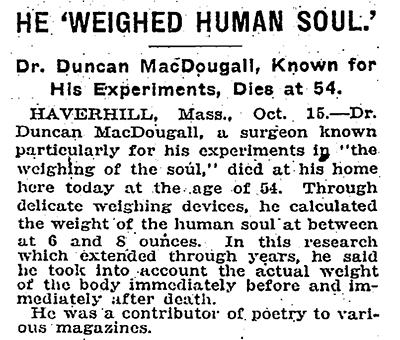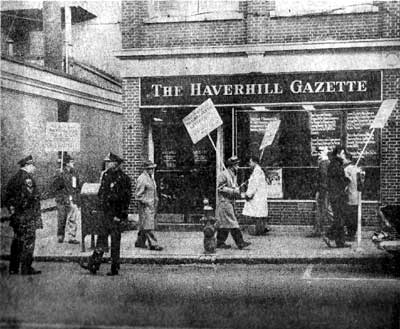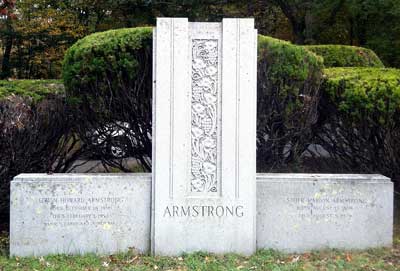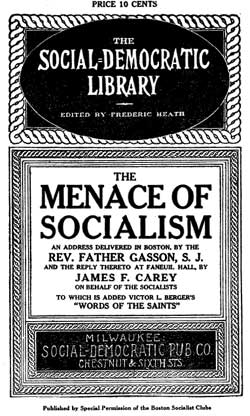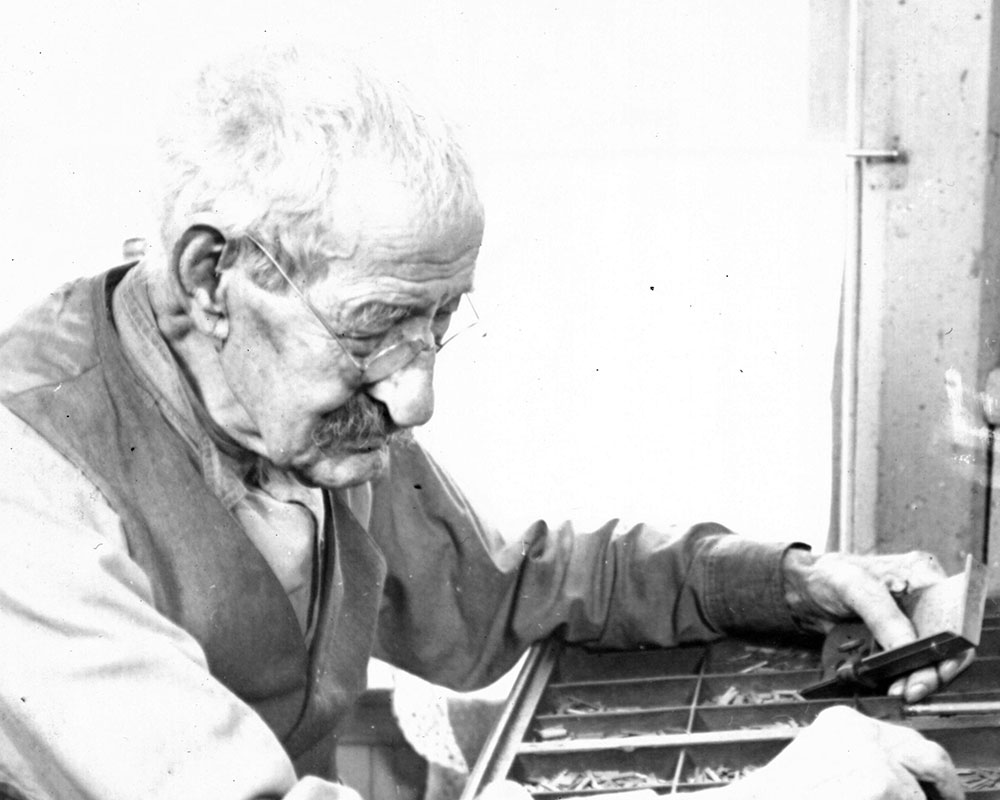Haverhill Heritage Series
Haverhill’s Transformation by I-495 with Conflicts, Politics for Good Measure
|
Haverhill faced substantial man-made demolition during the 1960s as urban renewal swept through its downtown, but more of its citizens were disrupted by construction of Interstate 495. In both cases, entire streets disappeared, others were rerouted and citizens were widely scattered. Urban renewal is considered a total failure while few can imagine life without I-495. Oddly, however, there is a connection between the two projects as will be seen below. A recent WHAV Open Mike Show explored the River Street to Gile Street portion—a segment of 23,550 feet.
